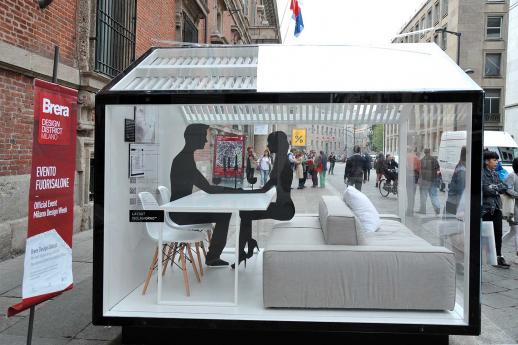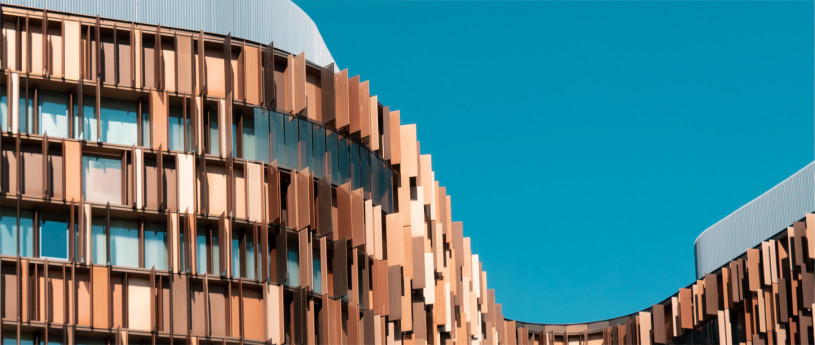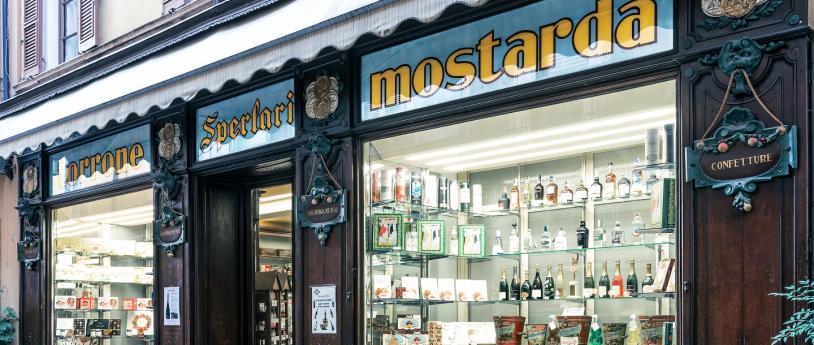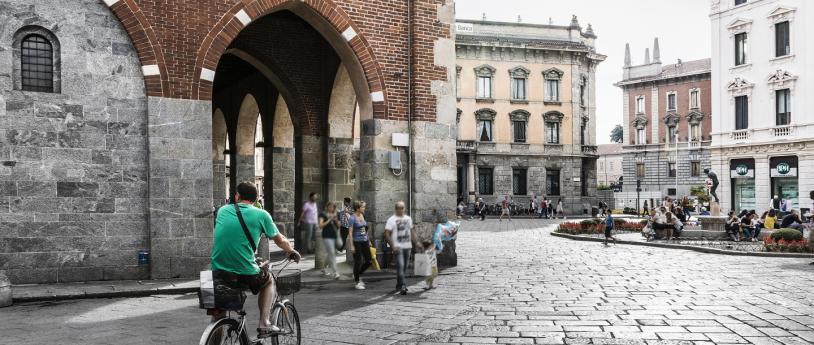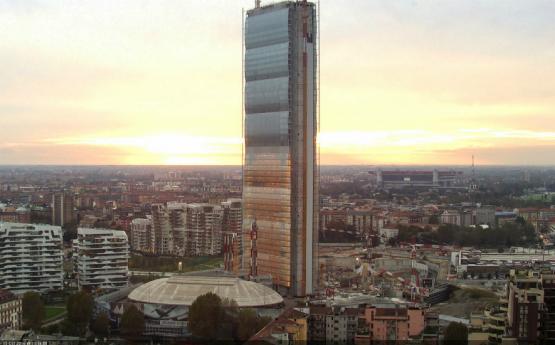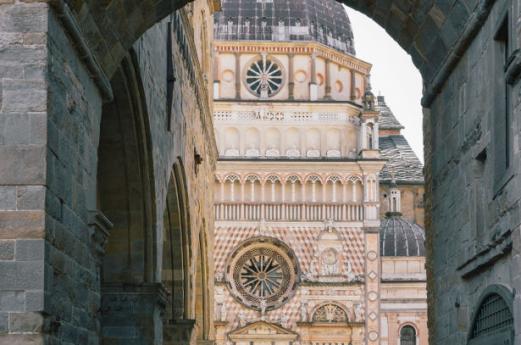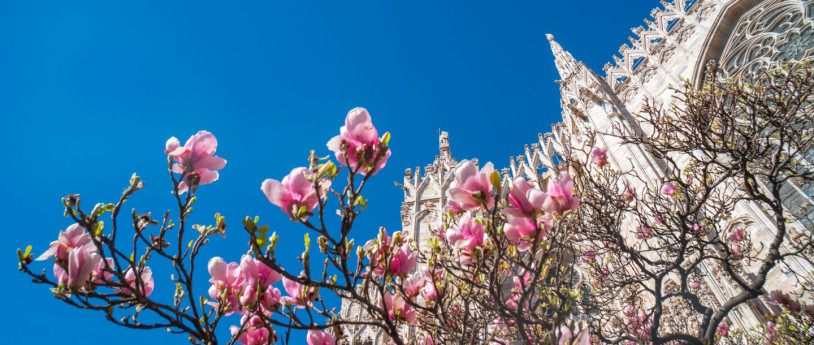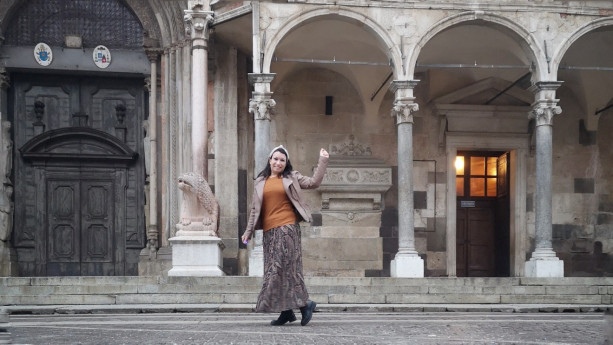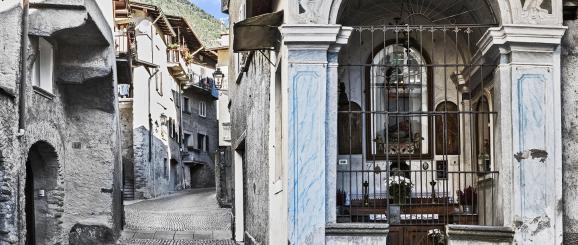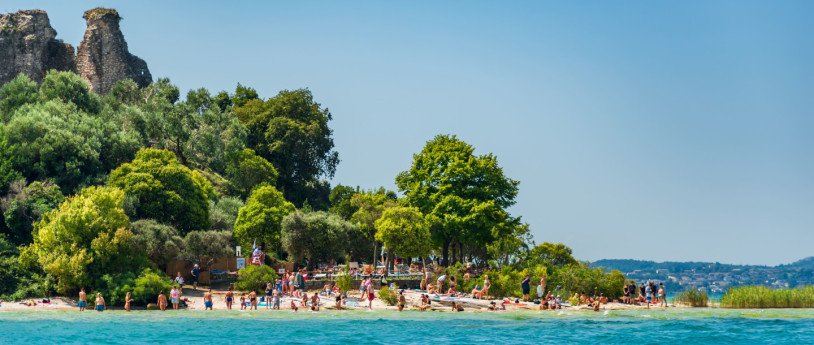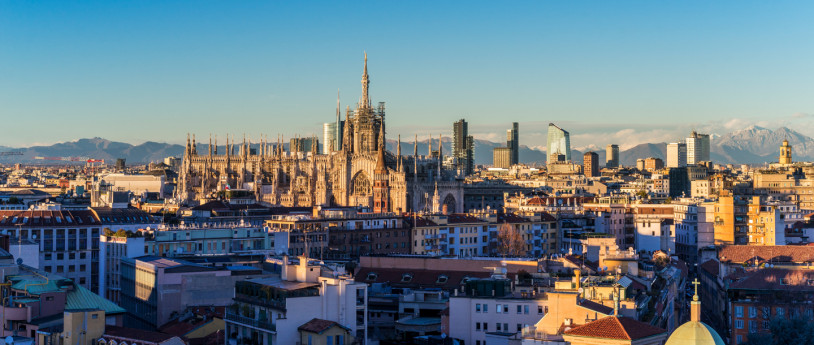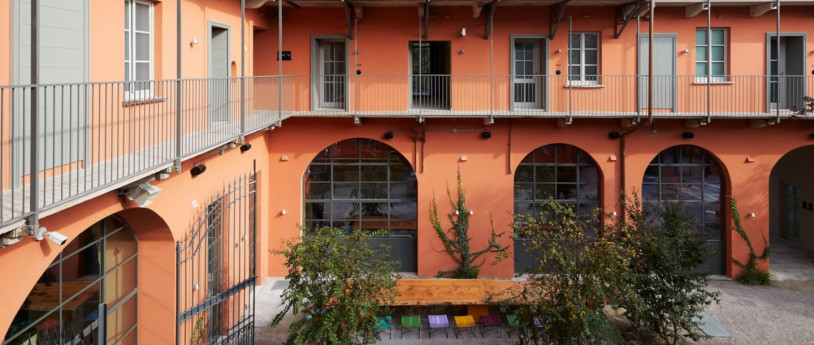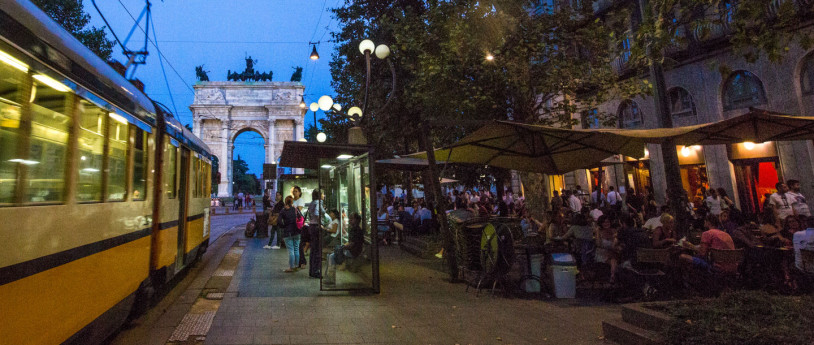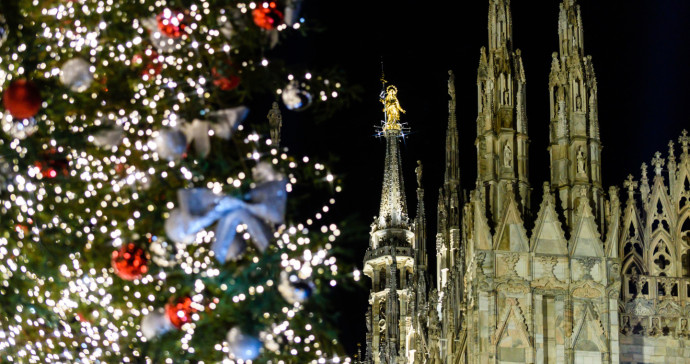- Lifestyle
- Active & Green
Terraces and breath-taking views in Lombardy
Taking photos from a different perspective, from dawn to dusk: terraces, Venetian works of defence, castles and holy shrines in Lombardy.
The Duomo in Milan with its terraces for most distant viewing
After a stroll through Piazza Duomo in Milan, a must-see is an alternative vantage point offering breath-taking views. Two hundred steps take you to the 8000 m² roof, 70 metres up, from where you can admire spires, pinnacles, flying buttresses and countless statues, and plenty more. It wouldn't be complete without a glance at the Madonnina, inaugurated in 1774 and the highest point of the cathedral, the patron saint and symbol of Milan and its citizens. Going up to the terraces on the Duomo in Milan is the best way to get to know the city better and take panoramic shots.
Breath-taking views, from the Venetian works of defence and the Civic Tower in Bergamo
The former monastery of Sant’Agostino is about a six-kilometre walk from Colle Aperto, and along the way you can admire the scenery, with its amazing sunsets. Recently nominated as a UNESCO world heritage site in Lombardy, for over four centuries the Venetian works of defence have guarded the beautiful sights in the “Città Alta”, as the upper part of the city is called. A must-visit in the heart of the Città Alta is a walk up the Campanone, the Civic Tower close to Palazzo della Ragione and Palazzo del Podestà. From the top, not only do you get to see magnificent views over the city but also the biggest bell in Lombardy, which rings one hundred times every day at 10.00 pm to remember the closing of the city gates in the walls during Venetian domination.
The Torrazzo in Cremona, the second highest historic bell tower in Italy
Next to the Duomo in Cremona stands the bell tower commonly referred as the Torrazzo. At 112 metres tall, the Torrazzo is the second highest historic bell tower in Italy. Set on the fourth floor, the famous clock, considered one of the best examples of the world’s biggest astronomic clocks, depicts the sky with the signs of the zodiac crossed by the movements of the Sun and the Moon. The walk up the Torrazzo is amazing and from the top you can enjoy fabulous views of the city and the River Po.
The Argegno-Pigra cable car, the wonders of Lake Como
One of the most interesting attractions on Lake Como is the Argegno-Pigra cable car, which, as its name suggests, links the towns of Argegno and Pigra on the western arm of the lake. An indispensable resource for locals and much used by summer tourists wanting to get to Pigra to admire the view from what is deemed to be the most beautiful panoramic terrace in the Como Pre-Alps. The tiny town of Pigra also offers unexpectedly beautiful historical and cultural sights and it is the starting point for excursions to Monte Galbiga and Alpe di Colonno.
Rocca d’Anfo on Lake Idro in Val Sabbia
On the slopes of Monte Censo, on Lake Idro, in Val Sabbia, Rocca d’Anfo reserves views that will leave you awestruck. A military fortress built in the fifteenth century and described as the biggest Napoleonic fortress in Italy. Excursions and guided visits, also for keen hikers. As well as views of Lake Idro, Rocca d'Anfo is a treasure trove of history, with an interesting war relic museum. We recommend a night-time visit for a unique, unforgettable experience.
In Lecco, Vezio Castle and its olive groves
In the middle of Lake Como, in the town of Perledo, stands Vezio Castle, surrounded by one of the northernmost olive groves in the world and by the wonderful scenery of the lake and the Pre-Alps. An old Longobard fortress, the castle is also a venue for art exhibitions. The most interesting scenic point is at the top of the main tower, from where you can admire the beautiful village of Varenna and Lake Como. At weekends you can also enjoy falconry shows.
On the hills of Oltrepò Pavese, the Shrine of Santa Maria della Passione
In a panoramic position in the hills of Oltrepò Pavese, in the town of Torricella Verzate, the Shrine of Santa Maria della Passione was built without foundations, resting on the bare rock, together with the 14 Baroque chapels of the Via Crucis, forming an original interesting complex. It can be reached by car or motorbike, or even on foot, with views of vineyards all around.

